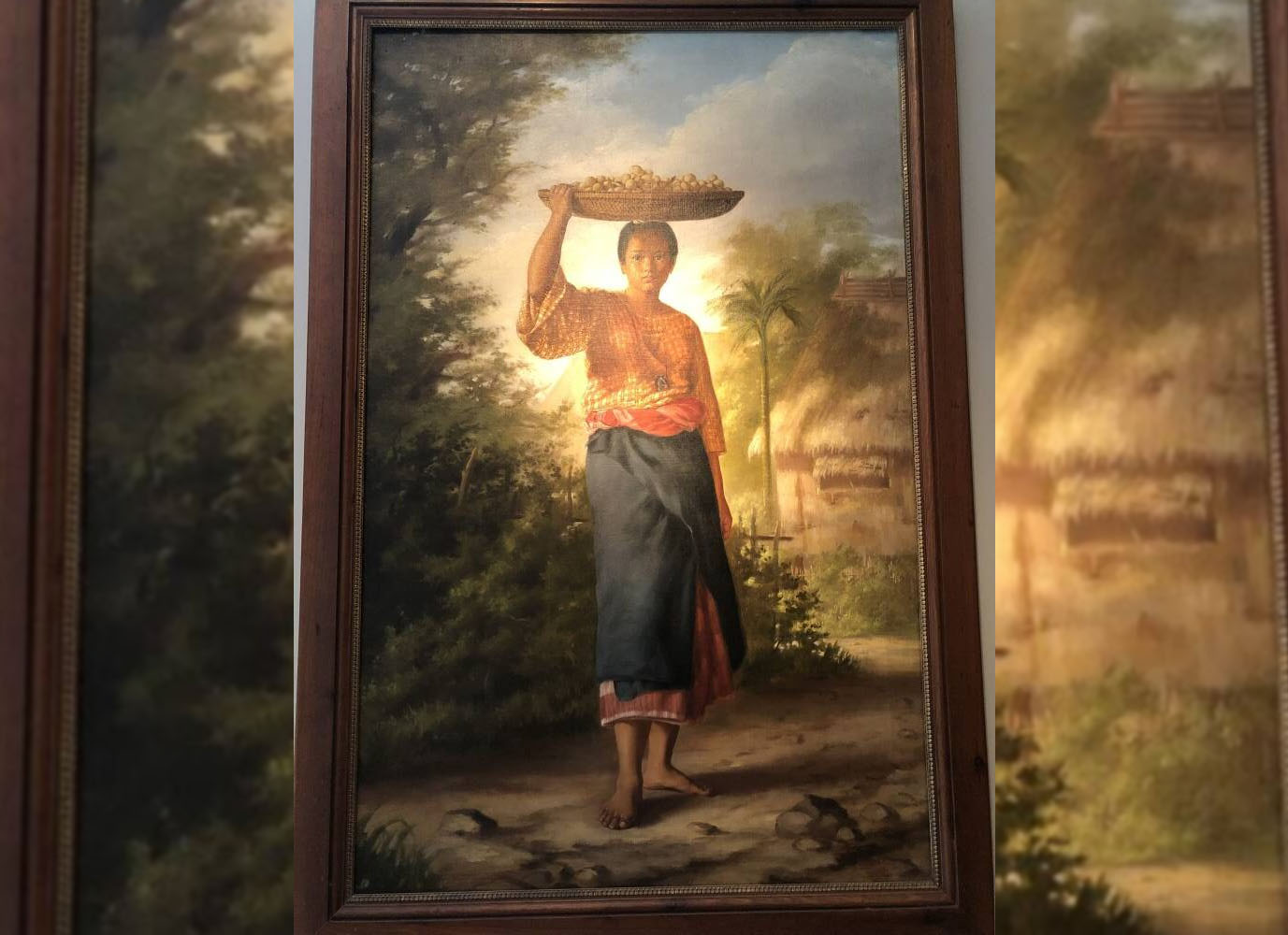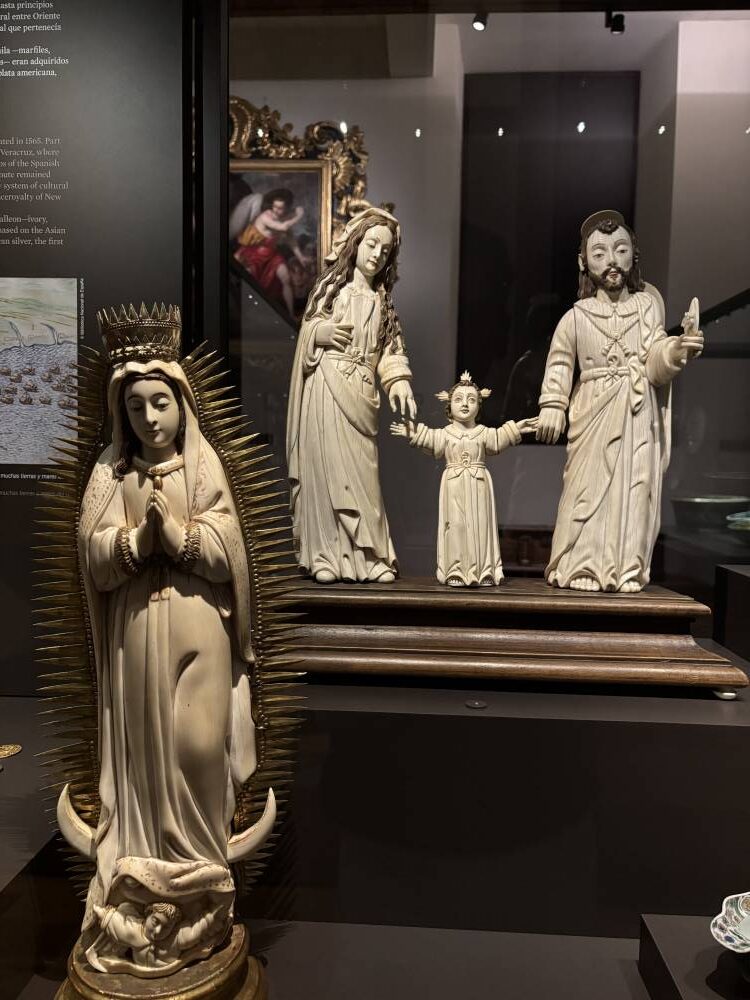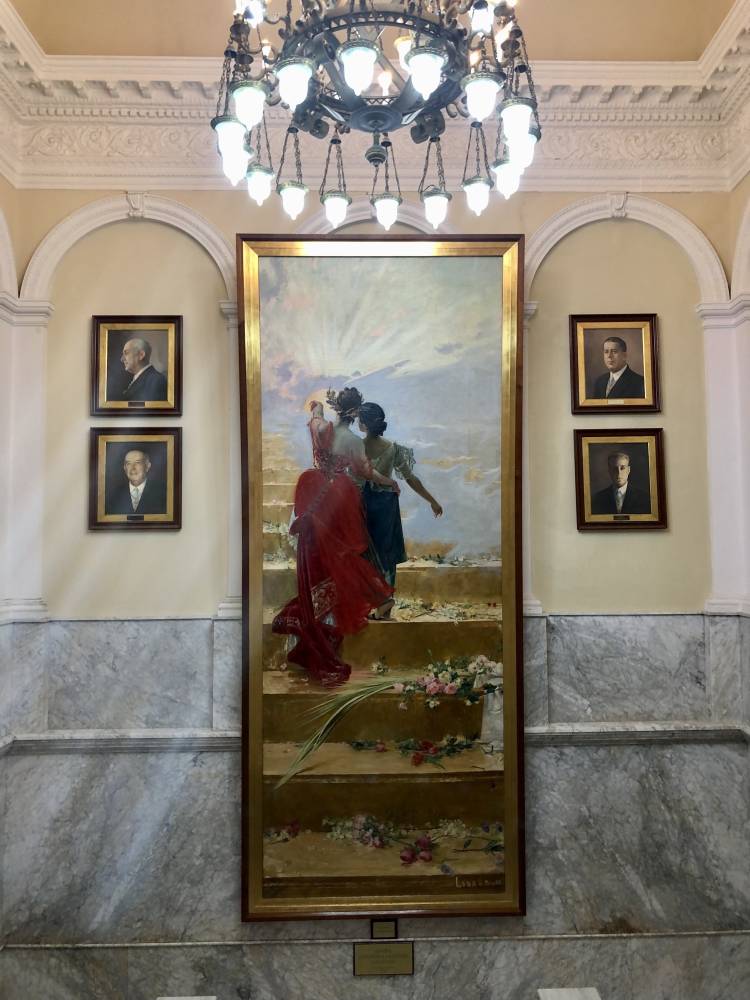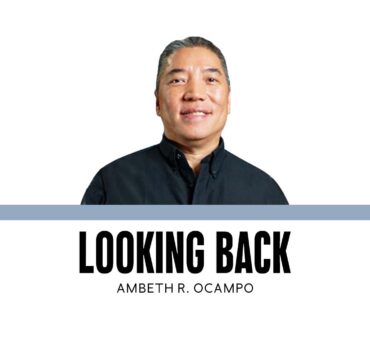Artistic bonds: Philippine art in Madrid

Four years have passed since I moved to Madrid, but I continue to be inspired by the amount of shared patrimony between the Philippines and Spain. In fact, moving here has given me a deeper understanding of what it is to be a Filipino, especially as I continue to encounter or find the origins of certain aspects of our culture.
Every Oct. 12, on Día de Hispanidad, or the National Day of Spain, I think of the countless, undeniable links that unite the Philippines and Spain, and how the arts are a rich source of inspiration for discovering the deep bonds that enrich our cultures.
Thus, it truly fascinates me that among the numerous cultural offerings in the Spanish capital, Filipino art and heritage are represented or accessible in the city through a variety of contexts, styles, and places.
A transcontinental legacy
Any Filipino visiting or living in Madrid needs to remember that Manila played a vital role in the Spanish Empire through the Galleon Trade. Since the transcontinental trade route connected Asia, America, and Europe, it is credited with having facilitated the start of globalization. Along with spices, textiles, raw materials, and highly prized minerals and metals that traveled on the high seas were arts and crafts that crossed continents on the galleons.

In light of this, one can find exquisite pieces brought from or made in the Philippines in museums and collections—not only in Madrid, but throughout Spain. These include an ivory crucifix in the cloisters of the immensely historic Monasterio de las Descalzas Reales, located near Puerta del Sol, an ivory sculpture of the Holy Family in the Museo Arqueológico Nacional, a blue-eyed Santo Niño de Cebú in the Museo de América, as well as different chinaware and earthenware from the galleons at the Museo Naval. However, the artistic legacy of the Manila Galleon Trade doesn’t remain static in the halls of museums and archives.
For example, a few months back, I went to an exhibit entitled “El mundo del mantón de Manila,” a showcase of the iconic silk shawls that exemplify the connections between Asia, Europe, and America. The exceptional pieces displayed were from the private collections of Her Royal Highness the Infanta Doña Elena, Sofía Palazuelo, Duchess of Huéscar, María Teresa Morenés y Urquijo, Countess of Asalto, as well as renowned artists Lolita Flores, Olga Ramos, and Imperio Argentina.
The same mantón de Manila is still used and worn with pride by Spaniards during feasts and formal occasions. And although these weren’t made in Manila, the fact that these shawls bear the city’s name signifies its connection to an emblematic aspect of Spanish culture.
Paintings, sculptures, heroes, and icons
Philippine art in Spain also tells us about the Filipinos’ fight for equality and emancipation. It’s myopic to conclude that the sculptures and paintings one can find in Spain are only from the colonizers’ exploits.

On the other hand, any Filipino would feel proud of the presence of works by heroes and ilustrados in the collections of the Museo Nacional del Prado, widely considered as one of the world’s most important museums. Juan Luna, Felix Resurección Hidalgo, Lorenzo Rocha, Esteban Villanueva, and Isabelo Tampinco—they are just some of the Filipino artists whose works are displayed in museums, cultural centers, and even city halls throughout the country. In fact, their works and biographies can be easily searched on the Museo del Prado’s highly informative website.
Their art wasn’t “stolen” by the Spaniards; it was they themselves who produced works that proved Filipino talent and artistic capabilities to a society that most likely considered them of lower status. Their paintings and sculptures were products of a certain period in history where they—the ilustrados—used art as a medium to express their aspirations for equal treatment. Similarly, their works paved the way for Philippine arts to expand to European markets.
Based on my modest research, the artistic exchange between Spain and the Philippines also involved the intervention of the Spanish authorities in nurturing the development of Filipinos’ artistic capabilities. How? By re-opening the Academia de Dibujo y Pintura, initially started by the Filipino Damian Domingo. The founder’s premature death caused the Philippines’ first art school to close down, but it was eventually reopened with the support of both the Governor General at that time, Narciso Clavería y Zaldúa, and the Junta de Comercio de Manila.
The Escuela de Dibujo Natural y Pintura eventually paved the way for the artistic formation of some of the Philippines’ most well-known artists, and became the precursor of the University of the Philippines’ Faculty of Fine Arts. Through the Escuela de Dibujo y Pintura, Spain sent directors and mentors to Manila along with copies of emblematic pieces from the European canon of visual art.
On the other hand, this initiative facilitated the numerous scholarships for promising Filipinos to study in one of Spain’s most prestigious art schools, the Academia de Bellas Artes de San Fernando, which one can still visit along Calle Alcala in Madrid.
A living and continuous bond
More notably, though, this long tradition of artistic development has produced not only names from the 19th century but also some of the most emblematic artists of recent times: Amorsolo, Llamas García, Zóbel, Joya, Alcuaz, and more. The symbiotic dynamic has resulted in the contributions of Spanish and Filipino artists in the Philippine and Spanish local art scenes (and vice versa), such as the examples of Betsy Westendorp de Brias, Juvenal Sansó Garrit, and Fernando Zóbel de Ayala y Montojo, producing works that showcase how the two cultures’ ties are very much alive.

A tangible fruit of this long tradition is Kate Contemporary, an independent gallery that seeks to bridge Asian and European cultures through contemporary art. Just a little over a year old, the gallery has served as a remarkable space for Filipino artists to showcase their talent and skill in the Spanish capital, allowing locals to discover new and varied art styles. The gallery itself has become a space that builds community where Filipino residents and visitors interact and where Philippine art becomes the focus of conversations.
This Filipino gallery, located in the tiny Barrio de Salamanca, has been a place to see Philippine contemporary art, and for some Filipinos living in Spain, a place to bring exceptional pieces into their homes and businesses in Madrid. It truly is a noble enterprise as this gallery leads in the promotion of our talented artists such as Martin Honasan, JM Saycon, AR Manalo, Arnold Lalongisip, Quiban, and more.
Conversely, they have brought a Spanish artist, Laura Hernández Pérez, to the Philippine market in the recent Modern and Contemporary Art Fair (MoCAF) in Manila. Through this gallery, the artistic exchange continues.
It’s remarkable to witness and experience the evolution of the lasting artistic bonds of Spain and the Philippines, culminating in a gallery for up-and-coming Filipino artists to show in Europe. The long chain of artists now bears fruit in a space for continuous dialogue between the two cultures.

















